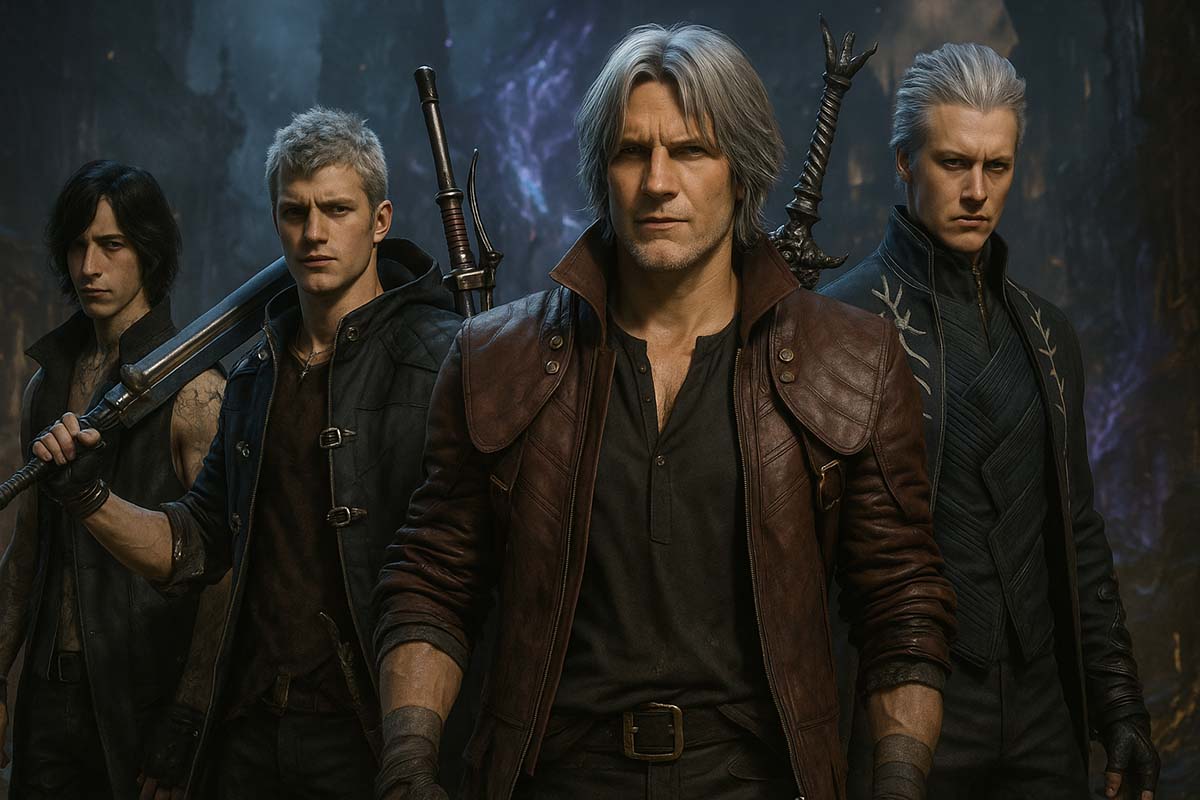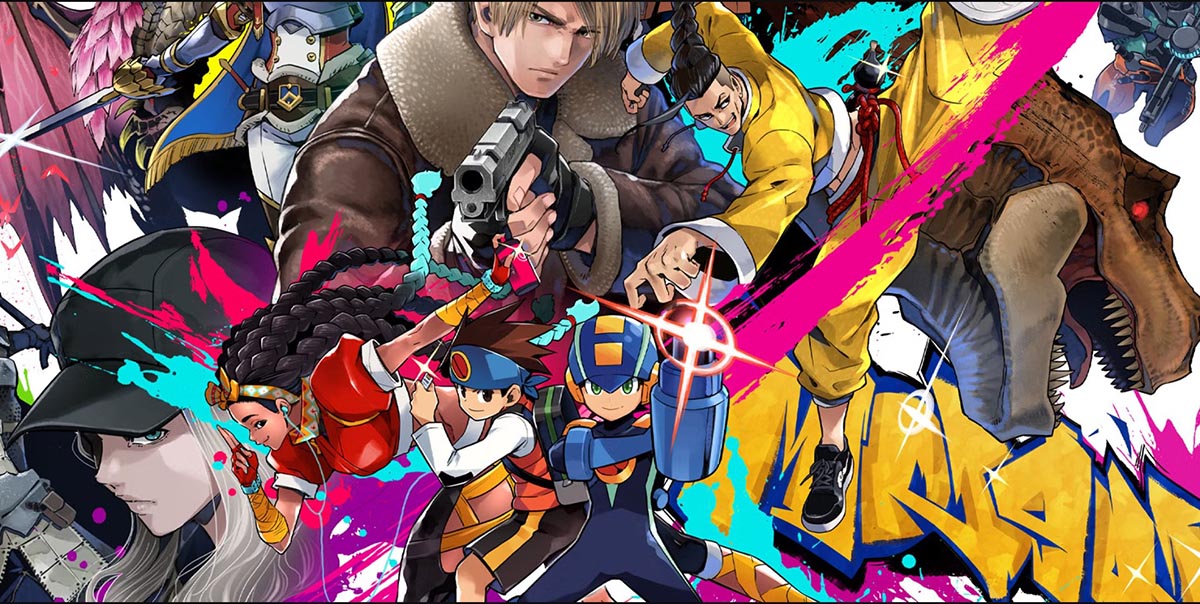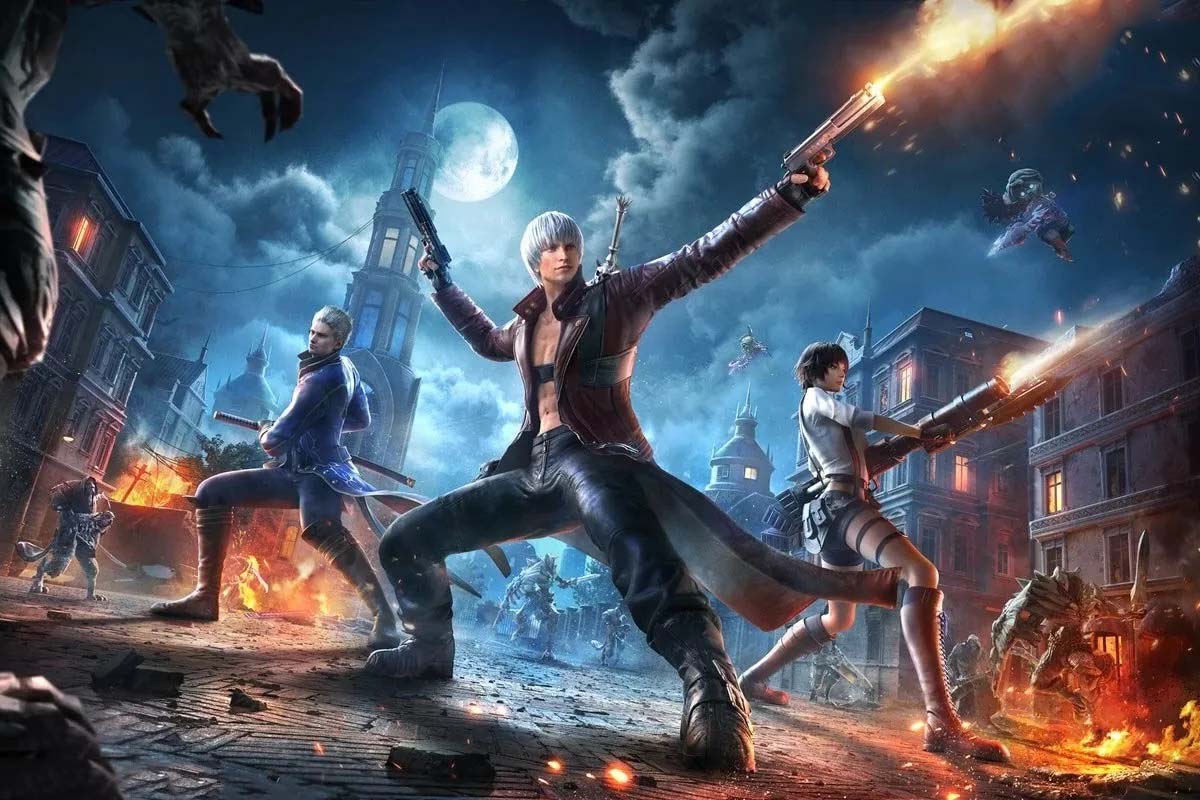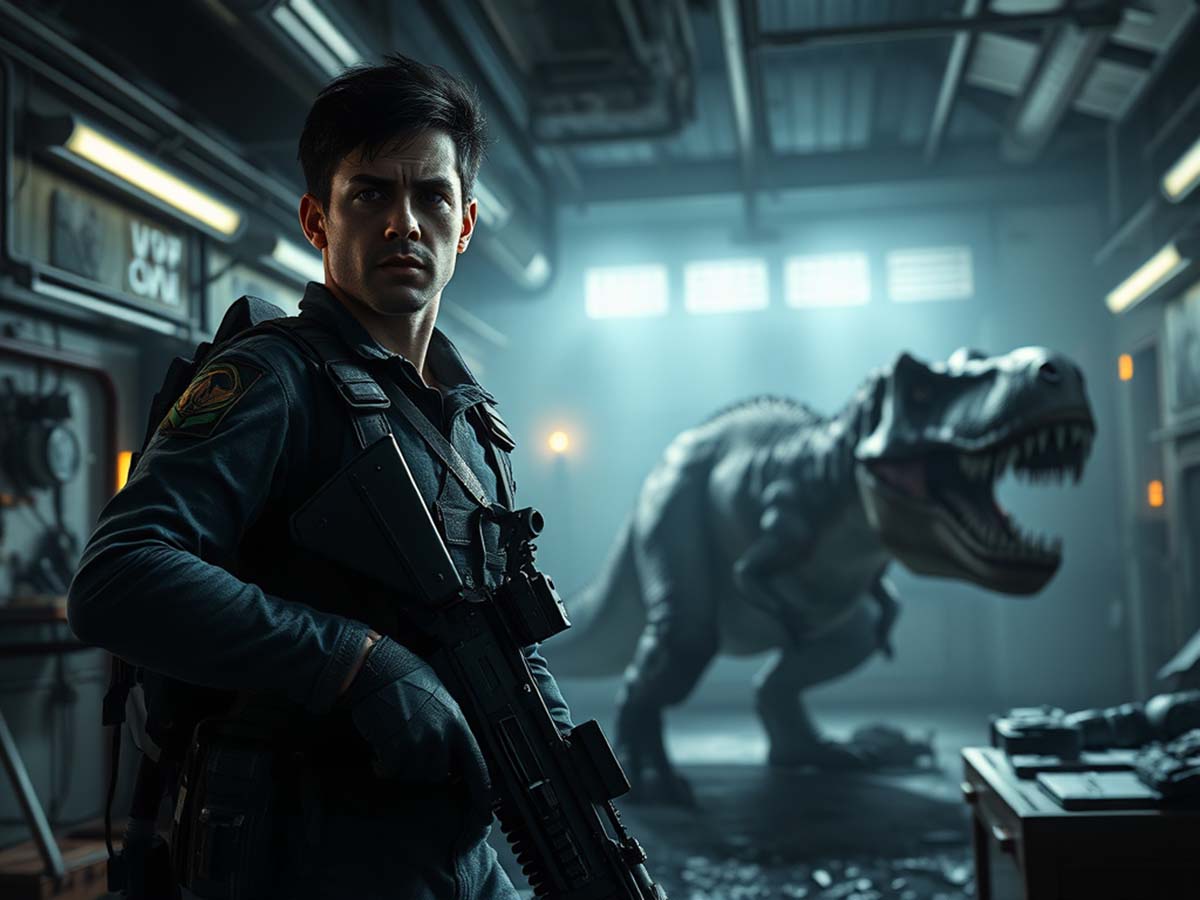Devil May Cry Gameplay: Why Its Combat Still Thrills Gamers
The fast-paced, stylish combat of Devil May Cry has held a special place in the hearts of gamers for years. From the very first mission to the most intense boss fights, it remains engaging. There are many reasons why this gameplay continues to attract fans, even decades after its debut.
Solid Combat Foundation Built on Speed and Style
Devil May Cry earned its reputation through smooth, high-speed action. Right from the start, it introduced a unique mix of attacks, dodges, and stylish combos. The challenge increases over time, but so does the sense of accomplishment.
A perfect example is Dante’s “Gun Breaker” style in the latest release. His quick strikes, acrobatic moves, and explosive shots give players creative freedom. In-game tooltips often remind users that there’s always a fresh move to master.
Each fight encourages performance-based play. The more fluid and varied your combos, the better your rank. This system doesn’t just reward survival—it pushes for flair.
Gameplay Mechanics That Continue to Evolve
Devil May Cry hasn’t stayed the same. Every sequel brings something new. New weapons, alternate styles, and deeper systems offer plenty to learn. Comparing DMC3 with DMC5 reveals significant changes. Movement and control feel more natural, while the action remains razor-sharp.
In DMC5, players get to control three main characters. Nero, Dante, and V each introduce their own systems. Each one requires a different strategy and set of skills. This adds layers to the experience and makes every playthrough feel different.
A Refined Combat System with Personality
Beyond the visuals and effects, the combat system encourages experimentation. The style ranking rewards players who mix things up. Sticking to one combo won’t get you far. The more creative your approach, the higher your score.
Then there’s the taunt feature. Characters can provoke enemies mid-battle, adding style and humor to the moment. It’s a simple addition, but it enhances immersion and brings out each fighter’s character.
Storytelling That Grows With Its Players
The Devil May Cry narrative has come a long way. It began with simple good-versus-evil battles but grew more personal. The emotional depth of the characters now plays a stronger role.
Dante’s mission is no longer just about fighting demons. He’s driven by loyalty, justice, and personal stakes. His bond with his brother Vergil adds tension and complexity. This sibling rivalry enhances the plot and gives players more to connect with.
Level Design That Rewards Curiosity
Though the spotlight often falls on combat, level design deserves praise. Each stage is filled with detail. From gothic cathedrals to mechanical cities, the environments create a powerful atmosphere.
The maps aren’t too large, which keeps the pacing tight. Hidden rooms and bonus items await those who explore. These rewards add depth and make repeat runs more interesting.
Replay Value That Doesn’t Wear Out
Devil May Cry encourages multiple runs. Style rankings and hidden collectibles offer plenty of replay incentives. Every mission can be improved. There’s always a higher rank to reach or a missed item to find.
The “Devil Hunter Rank” adds another layer of challenge. It motivates players to move quickly, use stylish moves, and avoid damage. It turns each level into a high-score challenge.
Players often replay entire games just to improve their performance. The loop never feels like a grind—it’s about refinement.
A Community That Keeps Giving
The game’s community adds even more life to the experience. Online forums and video tutorials offer advice, challenges, and new tricks. Players share their best combos, speedruns, and fan-made content.
Modding also plays a big part. Some fans create new skins, custom challenges, or even new characters. These contributions extend the life of each title and create a space for creativity.
Compatibility With New Platforms
Even older entries in the series are playable today. Remastered versions bring classic games to newer consoles and PCs. Visual upgrades blend with the original feel.
Thanks to these re-releases, a new generation can enjoy the same gameplay. They don’t need expensive hardware to appreciate the design. Even modest machines can run these titles smoothly.
Soundtrack That Fuels the Action
Music plays a huge role in shaping the experience. The mix of rock, metal, and orchestral tracks builds tension and excitement.
The moment a familiar theme kicks in, players know what to expect. A boss fight feels even more intense when backed by a track like “Devils Never Cry.” These songs stick with players long after they log off.
Each track matches the scene. It’s not just background noise—it’s part of the rhythm of combat.
Balanced Challenge That Welcomes All Skill Levels
Devil May Cry is known for its challenge, but it’s not unfair. Multiple difficulty settings let players ease in. Beginners can enjoy the story and grow their skills over time.
For experts, higher modes strip away safety nets. Enemies become faster, smarter, and deadlier. In these settings, mastery truly shines.
This balance keeps the fan base broad. Newcomers feel welcomed. Veterans feel tested. And everyone finds satisfaction in progress.
Visuals That Mix Style and Clarity
The series has always stood out for its look. Clean animations and strong design choices help players read each moment. This isn’t just about beauty—it affects gameplay.
Enemies move in ways that match their threat level. Attacks show clear tells. This makes it easier to react and stay alive.
Even during intense sequences, the screen never feels messy. Every flash of light or burst of color serves a purpose.
Boss Fights That Demand Strategy
Each boss in Devil May Cry brings something different. One might test your reflexes. Another could punish poor movement. These fights aren’t just tests of endurance—they’re puzzles to solve.
Players must read patterns, find openings, and strike with purpose. Winning isn’t just about strength. Timing and awareness matter just as much.
The satisfaction of defeating a boss goes beyond finishing a level. It feels earned.
Emotional Moments That Stay With Players
The series isn’t all action. It has moments of quiet, grief, and reflection. Players see characters struggle, fail, and grow.
Flashbacks reveal past trauma. Quiet conversations show vulnerability. Even simple cutscenes carry emotional weight.
This balance of drama and intensity builds a deeper connection. Players aren’t just observers—they care about what happens.
Legacy That Continues to Inspire
Devil May Cry’s influence shows in many other games. Titles across genres borrow its combo systems, ranking features, or even tone. The series raised the standard for action titles.
It showed that gameplay could be both fast and thoughtful. That style mattered. That challenge could be part of the fun—not a barrier.
Even now, years after its first release, people still talk about their favorite fights, characters, and memories. That says a lot.
Why Devil May Cry Remains a Fan Favorite
Speed, depth, and heart—that’s what Devil May Cry brings. Every slash, every dodge, every win feels personal. It invites players to improve, to replay, to care.
It doesn’t rely on trends or shortcuts. It builds on years of careful design. It respects players’ time and skills.
Whether it’s your first run or your fiftieth, there’s always something new to try. And that’s why this series continues to thrive.



